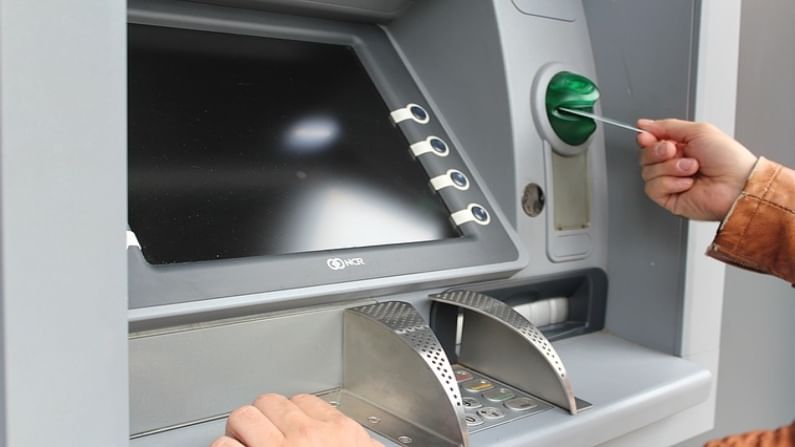ATM industry continues to shrink, SBI shuts 873 in December quarter
The second wave of Covid-19 pandemic and the increased digitisation may choke cash machines, already reeling under unviable operations

The number of automated teller machines (ATMs) in India is on a steady decline. As per the data published by the Reserve Bank of India (RBI), the number has dropped by over 1,000 ATMs during the December quarter of 2020-21.
The total number of ATMs in India stands at 2,33,066 as of December 2020, down from 2,34,244 reported in the September quarter. The Covid-19 pandemic, the economic slump and the increased digitisation have continued to choke the ATM industry that is already reeling under unviable operations. There is no decision yet on the Reserve Bank of India (RBI) proposals for an increased user fee structure meant to make the ATM operations financially viable.
The number of cash machines operated by banks has come down to 1.32 lakh from the earlier 1.34 lakh, while the independent ATM operators — called white-label ATM operators or WLAOs – have tried to increase their reach marginally with 24,586 machines, a few more than its September count of 24,195.
SBI shuts 873 ATMs in three months
The State Bank of India (SBI), the largest lender in the country, operates 57,889 ATMs, down from 58,762 ATMs it used to run in September 2020. Among private banks, Axis Bank operates the highest number at 17,254, closely followed by ICICI Bank at 17,246. HDFC Bank operates 14,477 ATMs.
A senior executive at a Mumbai-based WLAO said the ATM industry was slowly picking up to the pre-Covid-19 levels after a drastic fall in ATM footfalls in 2020. “The second wave of pandemic is now seriously threatening the revival process,” he said.
A banker, part of the corporate planning group, said most hits at ATMs run by his bank are recorded during the day – from 9am to 9pm. “During the six hours after midnight (from 12am to 6am), ATMs attract absolutely no patrons. It is an idle capacity across thousands of ATMs. But banks end up paying for the consumption of power for lighting, ACs, etc. The Reserve Bank of India (RBI) should not force everyone to keep the ATMs open 24×7 and make it easier for banks to be flexible,” said the banker.
According to him, only a few ATMs, in close proximity to hospitals, medical shops and petrol pumps, are accessed by patrons during the night. “With a better access to and wide usage of credit/debit cards, the chances of money withdrawal in the wake of an emergency during the night are extremely low,” he said.
When some banks attempted to withdraw security guards after installing online surveillance, police apparently insisted that they continue with guards. “The police are of the opinion that the guards who man ATMs in the night help prevent theft and other immoral activities, especially in cities. Interestingly, the law and order has become the responsibility of banks,” he adds.
Growth stunted since 2017
The ATM industry has seen a stunted growth since 2017 after a strong annual growth of 14% between 2012 and 2017. The pandemic that held the country with a firm grip since March 2020 did manage to change the user behaviour at ATMs overnight. “Many people stayed away from ATMs for the fear of contracting the virus,” said another banker.
The RBI is yet to take a final call on the proposals to increase interchange fee by the Kannan Committee in December 2019. In June 2019, the RBI had set up a committee headed by VG Kannan, the then chief executive of Indian Banks’ Association (IBA), to review the interchange fee structure. The idea was to give a fillip to ATM deployment in the country, especially in the unbanked areas. The committee had proposed to increase the charge to Rs18 for cash transactions (from Rs15 now) and Rs8 for non-cash transactions (from Rs5) in rural areas where the population is less than 1 million. In urban areas, the fee was fixed at Rs17 and Rs7, respectively.
The committee had also decided to charge all cash transactions above Rs 5,000 while it was agreed to expand the scope of the number of free transactions available (three) in cities to 50-odd towns with a population of more than 1 million.
The central bank is cagey about hiking the fee as it fears that the move will keep patrons away thus impacting the survival of ATMs.